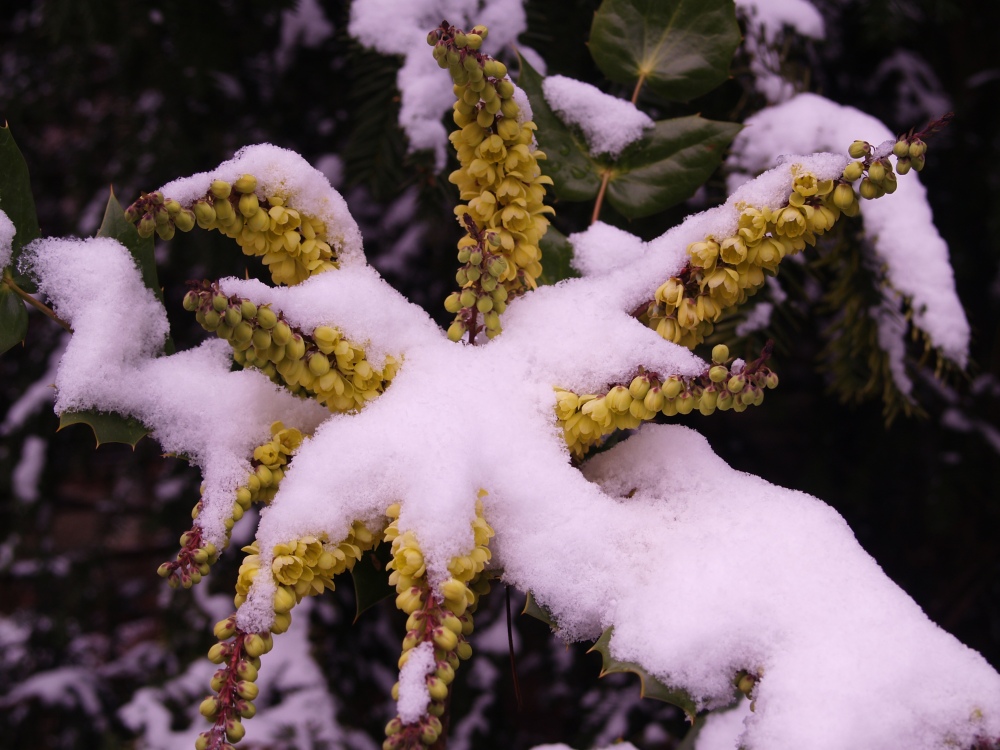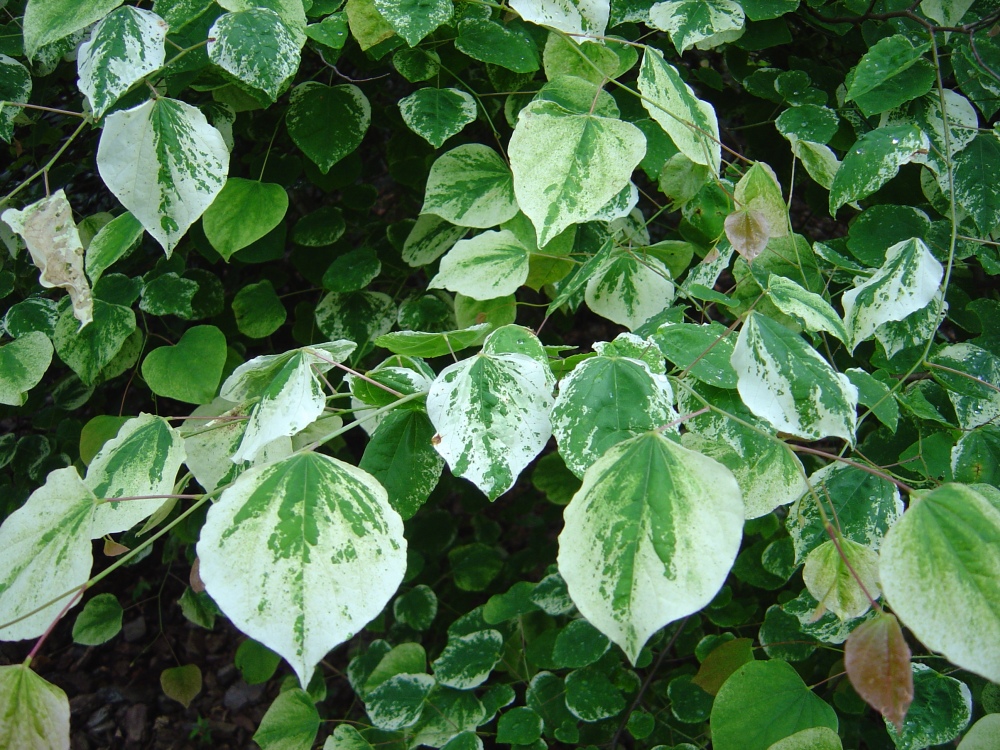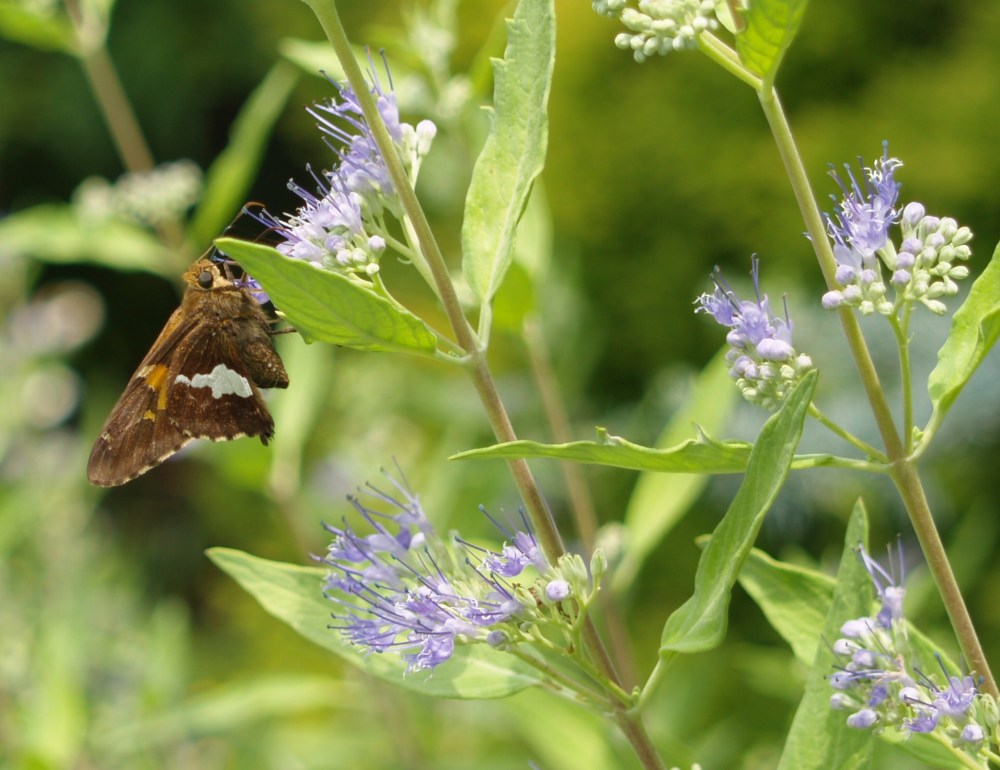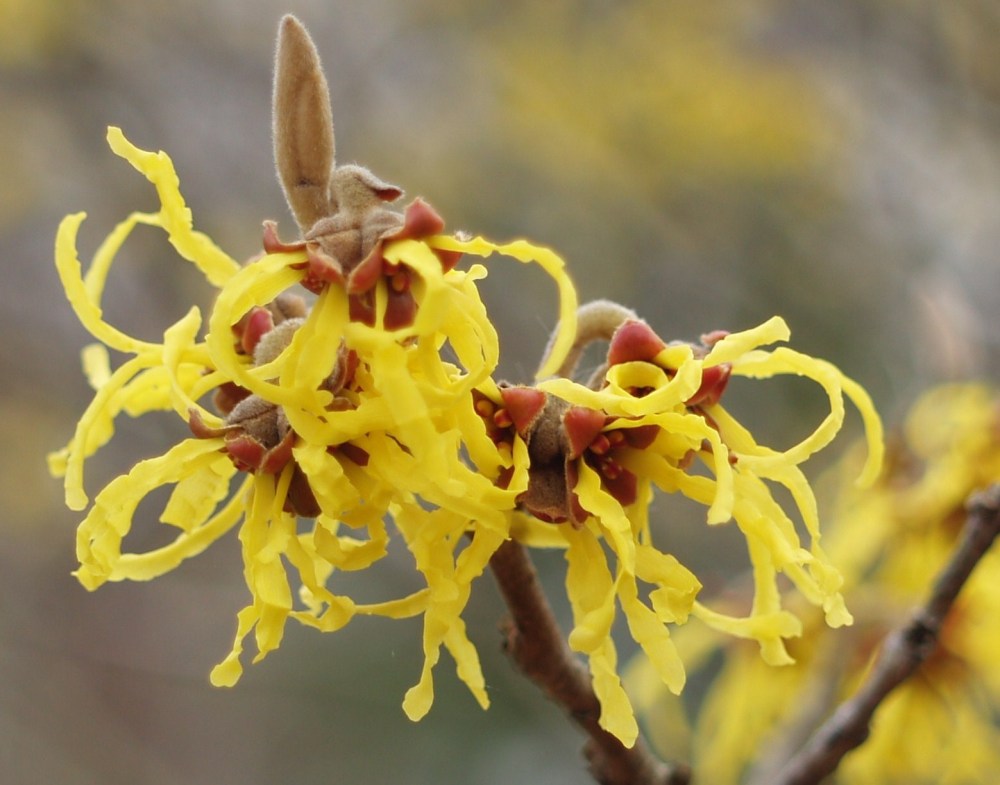Another year, and bothers with bugs, weeds, weather, and whatever have not yet driven me to drink. Well, no more than usual. The economy, traffic, and more aches and pains than a year ago are nothing in particular to whine about, and I don’t dare to pretend that my troubles are of any consequence compared to others’.
About the weather I hear nothing but complaints, from gardeners, and everyone else when the topic is mentioned. I am seldom bothered by weather, though at times this year the garden was flooded, and at others scorched by heat and drought. These miseries were temporary, and while a plant or two is likely to have perished in the worst of it, overall the garden fared quite well.
I’m certain that I’ve heard a hundred times that the weather this year was the worst ever , but I heard the same a year ago, and as I recall, every year for the past twenty five. Now, 1977 was a bad year as I recall, with temperatures that dropped to eighteen below zero in my northwest Virginia garden. Every year since has been balmy by comparison (though not quite a day at the beach).
Occasionally I look back at a photograph of one plant or another and wonder, what happened to it? It might have faded in the weeks shortly following its transplant, quietly disappeared in the heat of summer, or been crushed by snow. There are so many plants in the garden (and more every year) that it’s difficult to keep track. A year-to-year inventory would tell the story, but it’s likely that I’m happier not recalling the failures of the past year.
I am hoping that the garden will be spared from further snow damage in what remains of this winter. The past two winters injury to trees and shrubs has been substantial, and though the casual observer is likely not to notice, the evergreen magnolias are now as broad as they are tall, the result of wet, heavy snow that left broken branches strewn about. Hollies, arborvitaes, and cypresses that were bent and broken have been repaired and are growing as if nothing happened.
Two ‘Silver Cloud’ redbuds (above) were severely damaged, with numerous broken branches. Many small branches were pruned, one large branch was removed, and though the wound will never fully heal several small branches have sprouted just below the break. Otherwise, the tree is in fine health, and when it leafed out there was no evidence of damage (other than branches that hang lower than the year before so that I must duck to mow where branches lean over the lawn).
Deer were more in evidence over the past year with frequent sightings and tracks through every part of the garden, but I continue to spray a repellent with dependable success. I ignore all lists that recommend planting only resistant varieties. If I like a plant I’ll plant it, and never mind that deer might think it’s dinner and dessert. As long as I follow my routine and spray at the start of every month from May through October (and a double dose on evergreens at the start of December) I’m confident that the deer will sniff, but won’t munch.
The extreme heat of late July and August stressed more than a few plants, and I was forced to break out the hoses to water a few times. I can’t recall the last time I watered any plants except ones I’ve just planted, and I don’t figure to make a habit of it. A plant that is properly planted, in conditions that suit it, and with a minimum of care in the first few weeks will usually be sturdy enough to fend for itself through all but the worst. A stretch of ten days averaging a hundred degrees is about as bad as it gets in these parts, but most everything survived …. I think.
I believe that the constantly saturated soils from flooding rains in August and September caused more mischief than the heat, and I’m anxious to see if a few perennials will emerge from winter dormancy in the spring. Several shrubs and trees partially defoliated early from either heat or wetness, but I’m not concerned with these at all. With more extensive roots they’re able to stand up to extremes more ably than shallow rooted perennials.
Though the garden appears to be waking up early in January, a few cold days will put it back to sleep for another month, and I expect to be anxious waiting for the witch hazels (above) and hellebores to resume flowering by the middle of February. I’ve already begun to consider projects and plants for the garden to begin in the spring. There’s little open space, so there won’t be anything major, but there’s always room for a bit of this and that, and I expect that this will be another splendid year.
consider coming to NC to prepare a tiny garden in a bland front yard. Our philosophies are so similar regarding plants!
Also, does witch hazel grow in the Raleigh area? It’d be cool to have that harbinger of Spring in the yard.
Ha! I’ve practically become a hermit. The garden gives me a convenient excuse not to travel or vacation.
Any of the witch hazels should be appropriate for Raleigh where the hybrids are likely to flower on average in early February and vernalis witch hazel early in January. I haven’t visited the Ralston Arboretum at NC State, but from what I’ve read it sounds like a great resource for plant ideas.